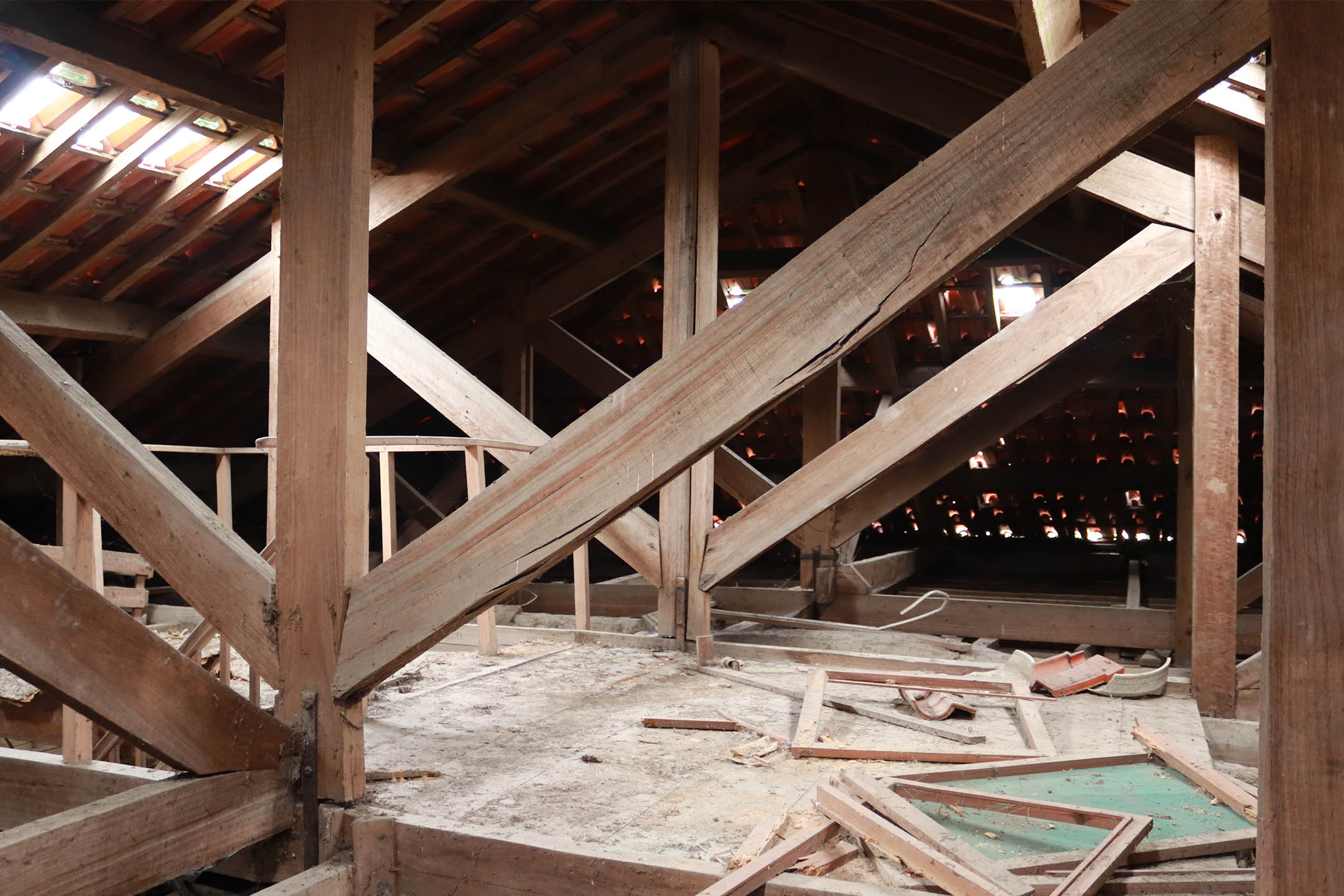Restoring wooden beams in listed buildings is a careful process that balances heritage preservation with practical restoration. These beams often date back centuries and contribute significantly to the character and charm of the building.
In the UK, listed properties are legally protected. This means that even internal features like beams fall under specific regulations. Before starting any restoration, it is essential to understand the rules to ensure the work is compliant and respectful of the building’s heritage.
Understanding Listed Building Regulations
A listed building is one recognised by the National Heritage List for England due to its architectural or historical importance. The aim is to protect structures that hold cultural value and reflect the country’s rich past.
Although Historic England manages the list, decisions about works and enforcement are generally made by local councils. Buildings are listed in one of three grades:
- Grade I – buildings of exceptional interest
- Grade II* – particularly important buildings of more than special interest
- Grade II – buildings of special interest that warrant every effort to preserve them
If your property is listed, there are restrictions in place. Even internal changes that seem minor can need approval. Beams are often considered essential to the building’s character, so any restoration work is likely to require permission.
Can You Restore Beams in a Listed Building?
Yes, you can restore beams in a listed building, but there are conditions. Listed building consent is usually required if the work affects the historic or architectural value of the structure.
This includes changes that involve removing original material, using modern tools or techniques, or altering the visual or structural integrity of the beams. Like-for-like repairs using traditional methods might not require formal consent, but it is always best to check.
Speak to your local Conservation Officer early in the process. They can advise whether consent is necessary and guide you on approved techniques. Taking this step early helps avoid legal issues or enforcement action later.
Approved Techniques for Beam Restoration
Restoring beams in listed buildings means choosing methods that are both gentle and effective. Traditional methods like hand-scraping or careful brushing are often approved, but there are modern techniques that offer similar benefits with improved precision.
Dry Ice Blasting for Listed Buildings
Dry ice blasting is one of the safest and most precise methods for cleaning beams. It uses carbon dioxide pellets that turn to gas on contact, lifting away paint, soot, or dirt without leaving moisture or residue.
- No moisture, so no risk of wood swelling
- No abrasion, which preserves detail
- No secondary waste, so clean-up is minimal
- Approved by heritage bodies including English Heritage
Dry ice blasting has been used successfully in churches, manor houses, and conservation areas across the UK.

Avoiding Harmful Methods
Using the wrong method can damage beams beyond repair. Avoid:
- Sandblasting, which is too abrasive for delicate wood
- Chemical stripping, which can stain or weaken the material
- Power tools, which may gouge the timber surface
Not only can these methods damage the building, but unauthorised work may result in fines or legal action. You could also be required to reverse the work at your own expense.
Getting Listed Building Consent
If listed building consent is required, it will need to be obtained from your local authority. Your application should include:
- A method statement outlining the cleaning process
- Photographs of the beams before any work begins
- A clear explanation of how the work will protect the building’s heritage
If you plan to use a method like dry ice blasting, it helps to include technical information that explains why it is suitable. You may also need support from a conservation architect or heritage consultant to strengthen your application.
Working with Specialists
Beam restoration in a listed building is not something to approach casually. Choosing experienced professionals ensures the job is done properly, using methods that are approved for heritage conservation.
Look for specialists who understand heritage materials and have experience dealing with listed properties. They should be familiar with local council processes and capable of liaising with planning officers where required.
At Polar Ice, we offer dry ice blasting services that are specifically designed for listed buildings and delicate surfaces. Our approach protects the integrity of original timber, with no moisture or harsh abrasives involved. We have worked with conservation teams across the UK to deliver beam cleaning that meets both aesthetic and regulatory expectations.
Restoring beams in a listed building is possible, but only when done correctly. Consent is often required, and the methods used must protect the historical and architectural value of the property. Dry ice blasting offers a non-invasive, heritage-approved solution for removing years of grime, soot, or old finishes while preserving the original timber.
With the right approach and support from experienced professionals, it is possible to restore your beams beautifully without compromising the integrity of your listed building.
Planning a beam restoration in a listed property? Contact us at Polar Ice for a consultation. We provide expert dry ice blasting services tailored for heritage sites and can help you meet restoration goals while remaining fully compliant with listed building regulations. Visit our beam restoration service page to learn more or to arrange a site visit.
